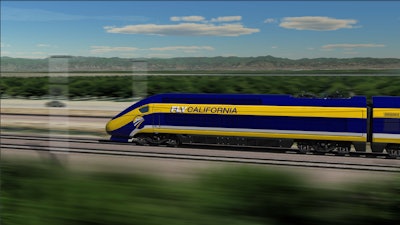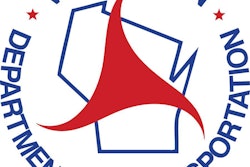 (Photo: California High-Speed Rail Authority)
(Photo: California High-Speed Rail Authority)Pardon me boy, is that the Chattanooga high speed rail unit? Or maybe we’re riding on the bullet train they call the City of New Orleans?
We have our old trains. But will new high speed trains on high speed tracks replace them, and in doing so make the future of intercity travel less road (and even air) oriented? The Administration has said so.
The President, in his early years in the White House, said America’s major cities would increasingly be linked by state-of-the-art high speed trains, and in the foreseeable future. Outgoing Secretary of Transportation Ray LaHood animatedly told me the same in an interview I did in his office for my One 2 One series.
There seem to be two debates: one more or less focused on whether high speed rail (HSR) is a good idea and the other, assuming that it is, as the Administration does, on how to pay for it. Right now, that funding question is the most important to the highway and bridge industries because the amount of money HSR will draw from federal transportation sourcing could be immense, at a time when there isn’t enough for highways and bridges.
Progress on HSR has been slow. And, as Anderson Cooper (and he’s not alone) has pointed out on CNN, it doesn’t look like what’s been achieved is much of a start on a nationwide network of supertrains.
So a major concern has to be that transportation dollars spent on HSR are not giving the public as much value as they would get from dollars spent on new capacity, repair, renewal and maintenance of our highways and bridges.
Governing magazine’s Ryan Holeywell takes an interesting look at where the Administration’s ambitious high speed rails plans are going.









